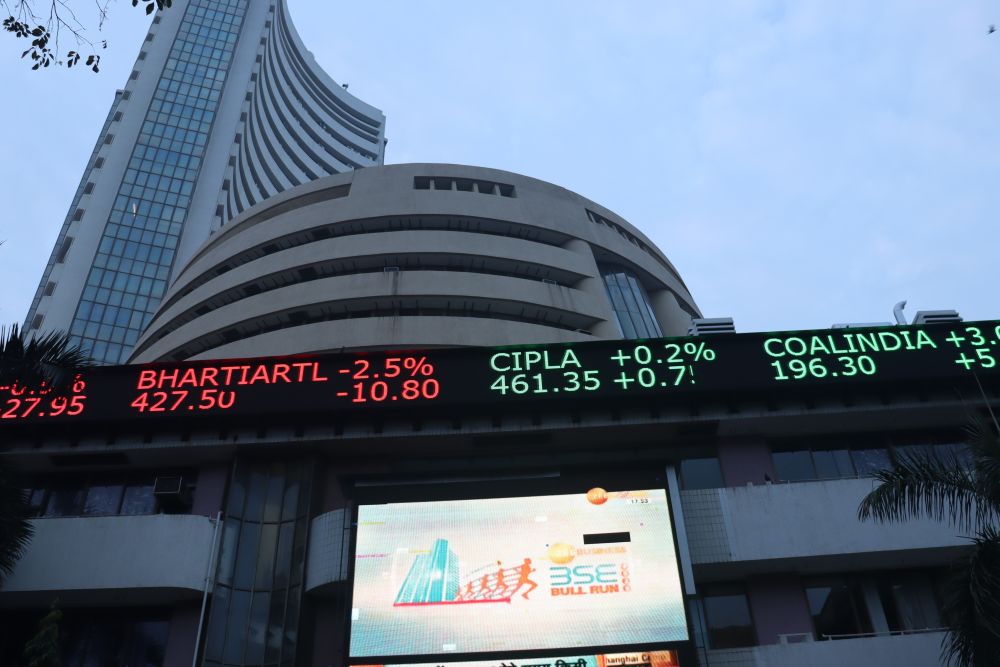 |
|
Sentiment towards emerging market bonds has certainly benefited from the persistence of near-zero interest rates and benign inflation in developed economies. Moreover, the recent expansion of quantitative easing (QE) activity by central banks in Europe and Japan can now be expected to keep interest rates in these regions lower for longer.
These conditions continue to provide a compelling technical factor supporting demand for higher yielding assets such as emerging market bonds. But, investing on a selective basis with careful and thorough credit research remains key in seeking to maximize returns from the asset class.
Investors must also successfully allocate assets between emerging market corporate bonds, and government bonds, denominated in either local currencies or ‘hard’ currencies such as the US dollar.
I have viewed the fast growth of the emerging corporate bond market in recent years. The hard currency corporate bond sub-asset class has doubled in size since 2010, and is now worth over US$1.3 trillion to tally around the same as the US high yield market. My view from a current valuation perspective is that emerging market corporate bonds can be attractive relative to their developed market counterparts after steadily decent performance from the latter.
2014 was quite an eventful year for emerging bond markets around the globe. After generally delivering strong performance in the period up to September, markets corrected significantly in the latter part of the year as a deterioration of the Russia crisis and tumbling oil prices prompted the most significant drawdown since the “taper tantrum” of June 2013. Overall, the emerging market debt asset class still posted a positive total return in the year, despite the declines recorded in local currency markets.
For portfolio managers, making the right asset allocation calls and avoiding a few deteriorating credits were key to generating good performance in 2014.
EM debt and cheaper oil
In the final quarter of 2014, investor sentiment towards emerging bond markets became increasingly driven by the key theme of sharply lower oil and other commodity prices. This trend will result in winners and losers from across emerging bond markets globally, mostly determined by a country’s dependency on oil exports or imports relative to the overall size of its GDP.
With energy prices still significantly lower than a year or so ago, oil-related factors remain a concern for exporters of the commodity, while geopolitical risks remain in the headlines for certain other markets such as Russia and Ukraine. Meanwhile, oil-consuming economies stand to benefit from cheaper oil, including many in Asia and Eastern Europe.
In the former, India and Indonesia have been among my preferred plays on this theme. In Indonesia, for example, it was encouraging that the government took advantage of the oil price fall to reduce the subsidies it was paying for fuel usage in the domestic economy, which has positive implications for its budget deficit.
The prospect of rising US interest rates also presents a headwind for emerging bond markets, although my expectation is that some regions, such as Asia, should prove less sensitive to outflows to the US than other main regions such as Latin America. Asia has built a larger local investor base in recent years that is expected to be a strong source of support to the region in 2015. Also relevantly, Asian bonds demonstrated increasing resilience compared to other developing regions during the sell-off in emerging bond markets in late 2014.
It should be remembered that against potentially higher US rates, the confirmation of increased QE by the European Central Bank has suppressed yields in Europe and even led to negative yields some segments of the market. This favorable technical driver should see investors re-allocate holdings out of these areas towards positive-yielding risk assets, including emerging market bonds. The asset class should therefore find some additional support from this factor.
While the US dollar has notably rallied in recent quarters, I expect it to continue to perform well on the back of the strengthening US economy and normalization of monetary policy by the Federal Reserve. Indeed, my current preference remains positive on US dollar-denominated debt in both the sovereign and corporate sub-asset classes relative to local currency debt. Among my specific themes as plays on the US growth story are the positive implications for certain Central America countries in terms of increased remittances they receive from foreign workers based in the US. These remittances can be sizeable in relation to GDP levels, with the Dominican Republic, Guatemala, El Salvador and Honduras being among the potential beneficiaries.
To reiterate on the implications of cheaper oil, Asian markets should be among the biggest winners, with the exception of oil-producing Malaysia. While eastern European economies also potentially gain as oil-importers, several Latin American economies face being hurt significantly through the impact of lower export revenues. Venezuela and Colombia are most impacted with Mexico being affected to a lesser extent. So far, however, by far the largest underperformer has been Russia, a large oil exporter where heightened geopolitical risk stemming from Ukraine’s civil war further pushed Russian asset prices downwards.
Claudia Calich, emerging market debt fund manager, M&G Investments








